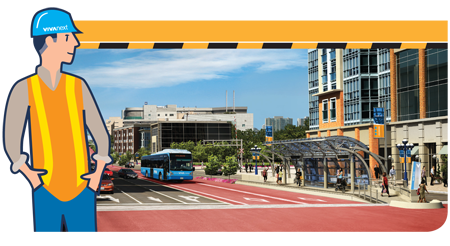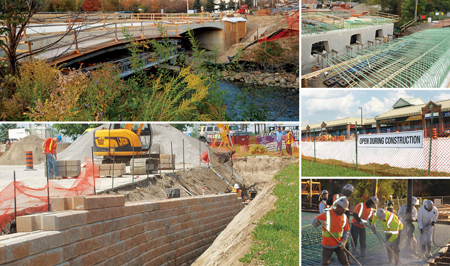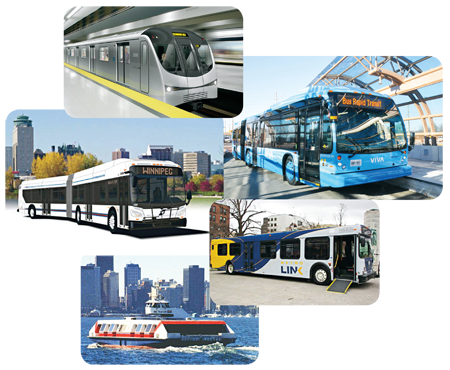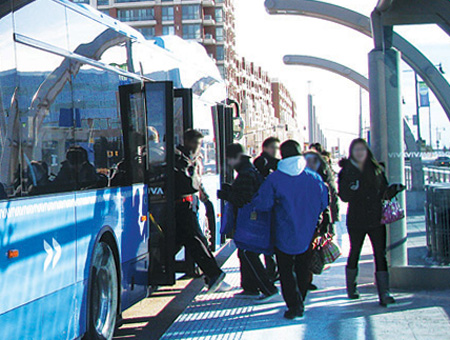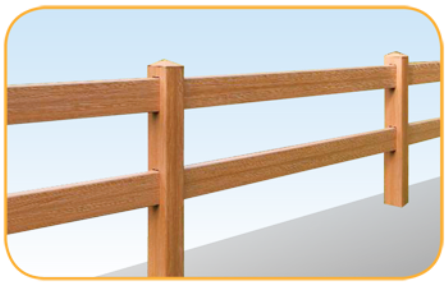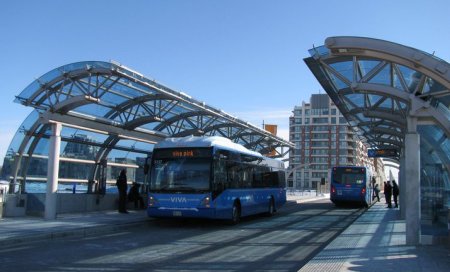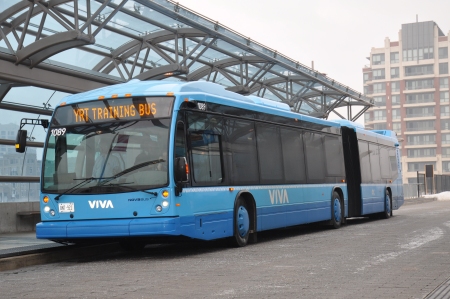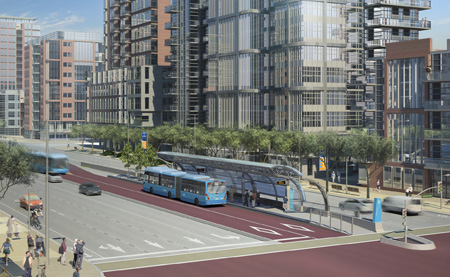The summer Olympics bring together the best and brightest of athletes around the world in a variety of summer sports, ready to compete. As we cheer on Team Canada in the vivaNext office, we notice some similarities between the dedication that each athlete has to his/her sport and the dedication that we have to our new vivaNext rapid transit system.
Athletes, whether participating in summer or winter Olympics, are forced to endure the elements when it comes to practice. Whether braving through cold to ski or melting in the heat practicing beach volleyball, these athletes continue to give it their all. Likewise, vivaNext has to work with the elements as we go through construction. In the summer months, it’s important that our construction workers stay cool under the hot sun. On days when it rains, construction can be at a stand-still, forcing us to work even harder the next day.
Just like any athlete, we have a team of coaches and supporting staff that are making the vivaNext vision a reality. From the engineering to communications teams to onsite supervisors, our success is a group effort. Although only the athlete may receive a medal, it is often a team effort, with coaches included, to help them reach the podium. Similarly, it is a team effort to ensure that the vivaNext transformation is a success.
And of course, there is something to be said for the speed at which athletes that cycle, row, or run track travel. They are constantly looking to move faster and improve their travel times. Our rapidways will help reduce congestion and provide a reliable rapid transit network along our corridors as well. We’ll reduce travel time by up to 40%, and make reaching your destination easier and more efficient.
At the vivaNext office, we are supporting Canadian athletes through our own office Olympics. Departments are virtually going head-to-head to earn medals for different sports. How are you supporting Team Canada? Is there an athlete that you’re rooting for? Let us know by commenting below!
If you’re interested in learning more about the vivaNext projects, visit us at www.vivanext.com. You can also sign up to receive e-mail construction updates here.


